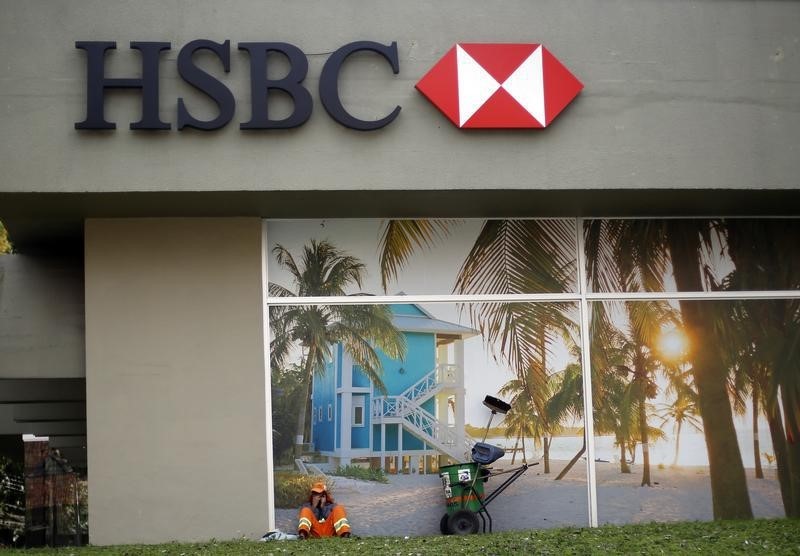Proactive Investors - HSBC Holdings PLC (LON:HSBA)’s exposure to the beleaguered Chinese property market will be under the microscope when the bank posts its annual results on Wednesday, 21 February.
Most of HSBC’s revenues come from Asia.
This puts the bank’s Hong Kong wing in murky waters considering its concurrent exposure China’s ongoing property crisis and margins could face a squeeze if China-linked bad debts begin piling up.
HSBC sought to allay concerns over its China exposure in the third quarter, stating that “we continue to monitor risks related to our exposures in mainland China’s commercial real estate sector closely”.
But with $800 million in expected credit losses attributed to Chinese property racked up in the nine months to 30 October 2023, anxieties are justified.
Firm-wide, HSBC typically allows for credit losses between 0.3% to 0.4% of average gross loans. If this figure comes in hot, the bank could face heightened scrutiny from the market.
Full-year net interest income (NII) is expected to be above $35 billion, but shareholders will be eager to hear HSBC’s outlook for the year ahead, given the likelihood of lower central bank interest rates coming.
UBS analysts noted that, “given the reset in US rate expectations, and HSBC's gearing to those rates, we expect a key focus on results day on the outlook for NII embedded in income guidance (if any)”.
“We think the outlook for NII, where we are 7% below consensus in 2025, merits closer examination by the market,” IUBS analysts added.
HSBC’s internal guidance has the CET1 ratio “within our medium-term target range of 14% to 14.5%, and we aim to manage this range down in the long term”.
On the dividend front, the payout ratio is expected to continue along the 50% path heading into 2024.
